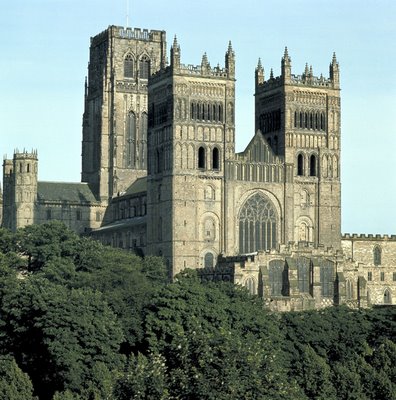The word ‘person’ comes from the Latin persona, meaning mask. A mask was often worn by an actor in the theatre. It was the means of taking on a particular character. Nowadays we refer to persons in all sorts of different ways. Sometimes we simply mean individual human beings, but at other times we refer to something being on your person’ as being deeply connected with the body and its clothing. Being ‘in person means being physically present. The law has long recognized the ‘corporate person’. In his book England: An Elegy? written at the turn of the millennium, Roger Scruton explored the significance of’the corporate person’
The law recognises the ‘corporate person’, such as the firm, the church or the university, which can take decisions, assume responsibility, pursue goals and acquire rights and duties in the world of negotiation to which you and I belong. This legal construct gives judicial recognition to a social fact. Every form of human membership casts a personal shadow which marches behind us or in front of us, above us or below, and which takes on a moral reality of its own. It is the product of our decisions. It also gradually transcends them, becoming an object of loyalty, affection or resentment, just like you and me. Such ‘artificial persons’ are also in a sense natural, since it is in our nature to create them, to acknowledge them, and to relate to them in the way in which we relate to each other.
Roger Scruton warms to his theme in relation to the monarchy and to England herself. Nowhere does he mention cathedrals in this connection but much of what he has to say applies readily to them, and is well illustrated in Danny Danzinger’s interviews. But, to use Scruton’s metaphor, what sort of shadow does the cathedral as a ‘corporate person’ cast over the communities, the city and the county?
Dreaming Spires? Cathedrals in a New Age, Edited by Stephen Platten & Christopher Lewis, SPCK (page 14)


